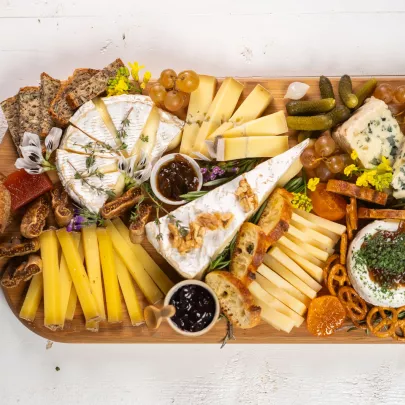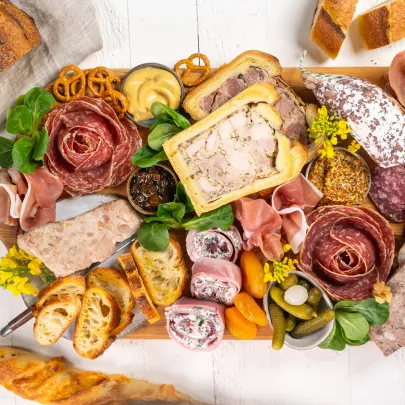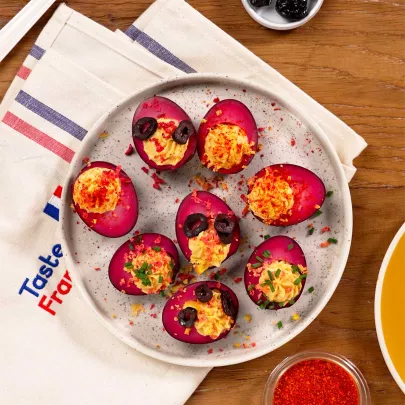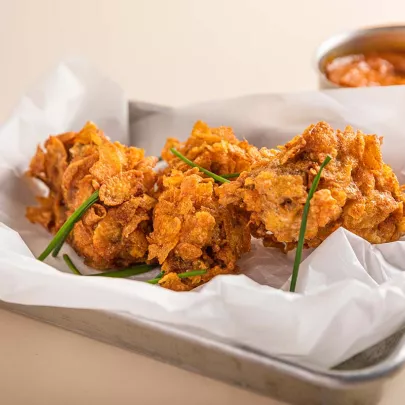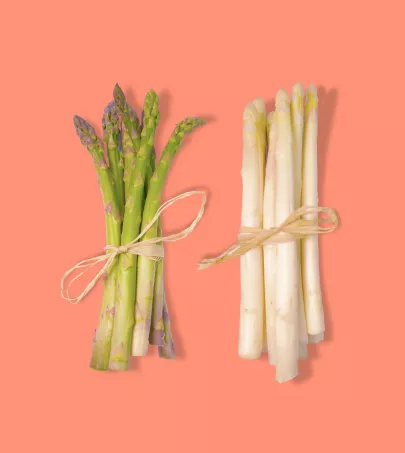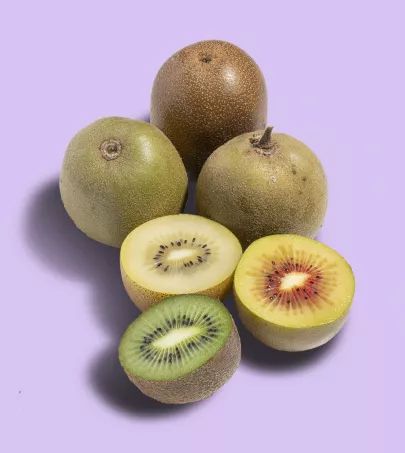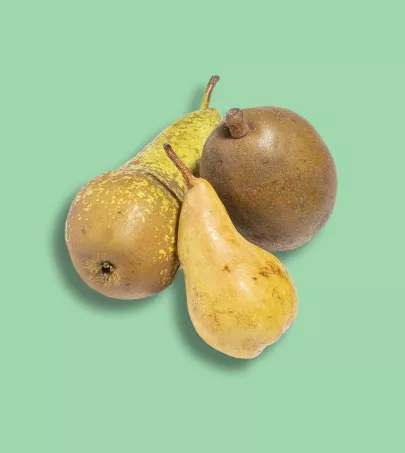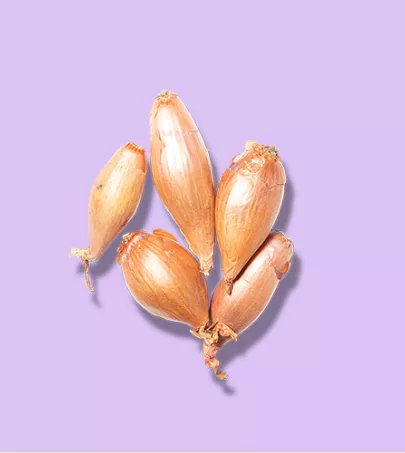
Nyons Black Olives PDO
Auvergne - Rhône-Alpes
The Nyons black olive PDO is a Tanche variety olive which expresses the typicality of a terroir devoted to olive farming since ancient times, and perpetuates age-old know-how.
What you need to know
Olives have existed in the region since ancient times, planted by the Romans. An olive press dating from the first century BC was uncovered there. Olive farming took off and by the 17th century was the predominant farming activity. The devastating frosts of the 20th century saw more than half the olive trees decimated and subsequently replaced by vineyards and orchards. The region's olive farmers joined forces and obtained the AOC in 1994, followed by the PDO in 1997, which supported the restoration of the Nyons and Baronnies olive groves. The local variety is the Tanche. It is especially resistant and well suited to the climate, which is dry and exceptionally sunny but cold in the winter. This dry cold is actually what gives the Nyons black olive PDO its characteristic shriveled look. It is picked between November and January, when it is fully ripened. The olive cannot be eaten straight from the tree, it has to be treated as it is very bitter. There are three ways of preparing Nyons black olives PDO. Brine-curing is the most common technique: the olives are allowed to ferment in a brine (mixture of water and sea salt) for several months. This process preserves the creaminess of the flesh and its characteristic flavor. Some olives are pricked and salted, which is a traditional technique typical of Nyons and means the olives can be eaten straight after harvesting. The freshly picked olives are pricked at the ends and sprinkled with fine sea salt. They are ready to eat after a couple of weeks. This method brings out the almond and hazelnut flavors of the olive, with a slight bitterness. Finally, olives au naturel can be simply sealed in an airtight container. They can be eaten after a few months.
Characteristics
Look
Taste
Nutritional benefits
Olives are rich in polyphenols. They also contain unsaturated fatty acids.
How to use
Tasting tips Nyons Black Olives PDO
Olives can be served as they are, as appetizers, or used as an ingredient in many recipes. They can be added to salads but also cooked, whereupon they develop new flavors: in a casserole, an omelette, in stuffed Mediterranean vegetables and even in desserts (in an ice cream, in tiny pieces on an apricot tart…).
Pair with
Savory: lamb, red mullet, tomato, egg plant, zucchini, anchovies
Sweet: apricot, vanilla ice cream
To drink: this will depend on the overall dish.

